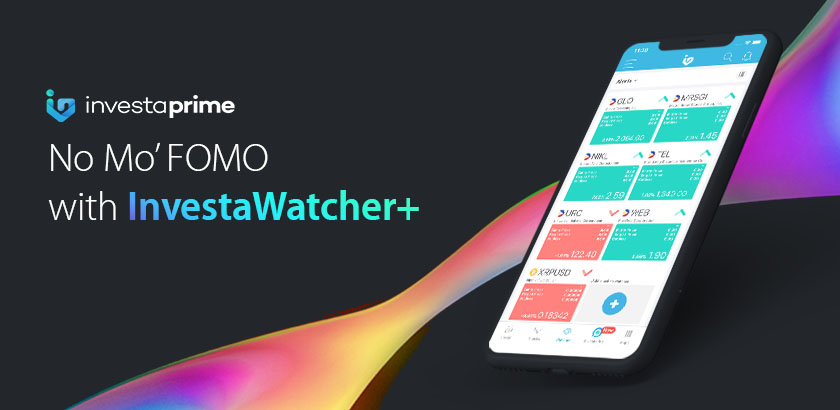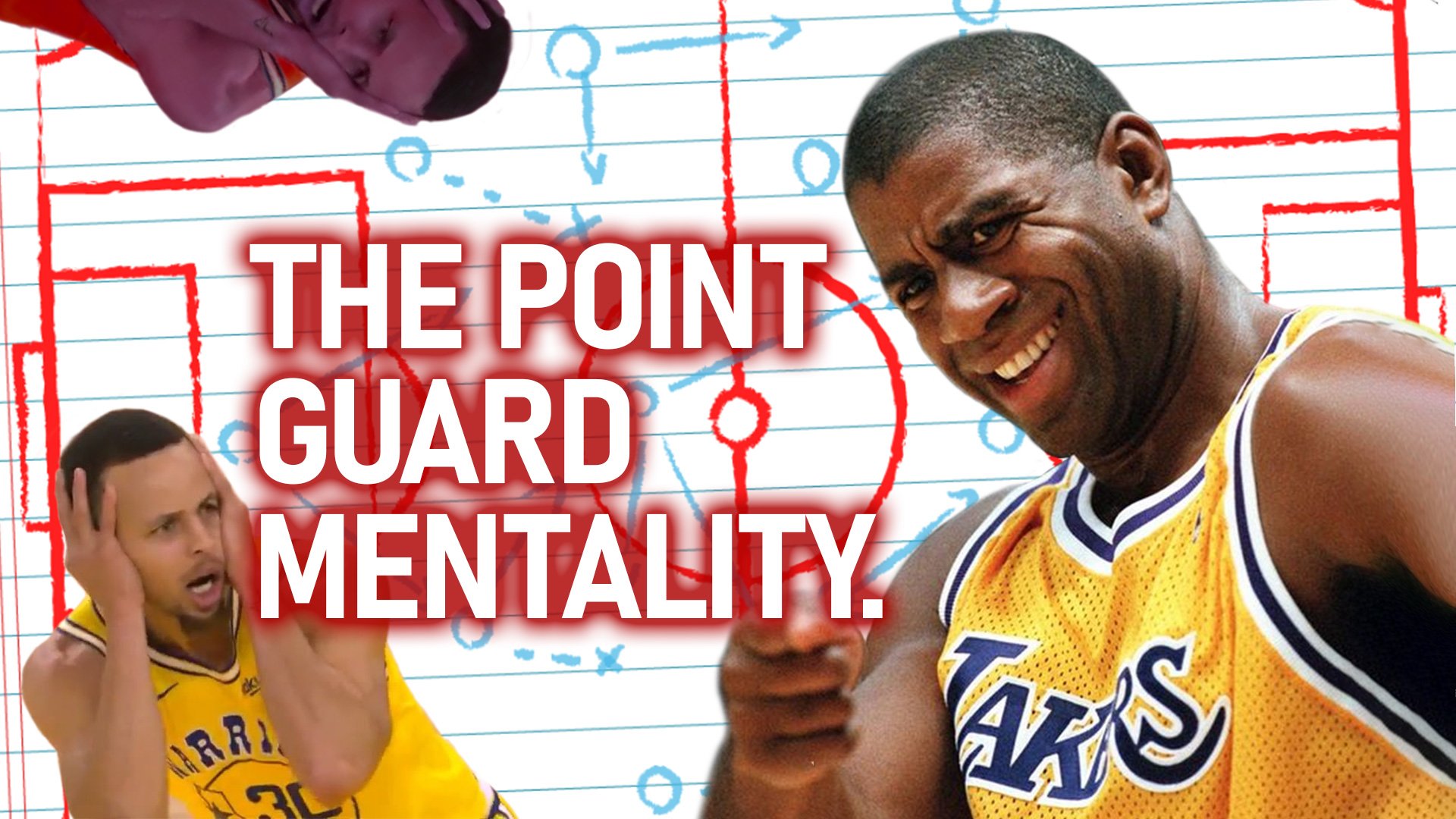In any kind of team sport having LEADERS is always important.
The names we give positions of leadership whether they be managers, trainers or coaches are mostly only made to define specific roles in a team. As backseat personalities, such roles can overlap. They are there to either provide logistics, formulate strategies and game plans, or give instructions in real time situations. Among those other components of course, they must share the visions and ideals of the team and would be expected to work hard to PREPARE it towards achieving set goals.
When game time commences, while coaches still play active roles, the burden of performance now shifts to the players. Physical and mental conditioning during the training phase are critical to the outcome. Endurance and tenacity usually become differentiating factors. One team may easily dominate a league if and when it is properly trained, well coached, and have a roster of talented players. In real life sports competitions however, close matches usually tend to happen. And at crunch time, leadership qualities will inevitably become of much higher importance.
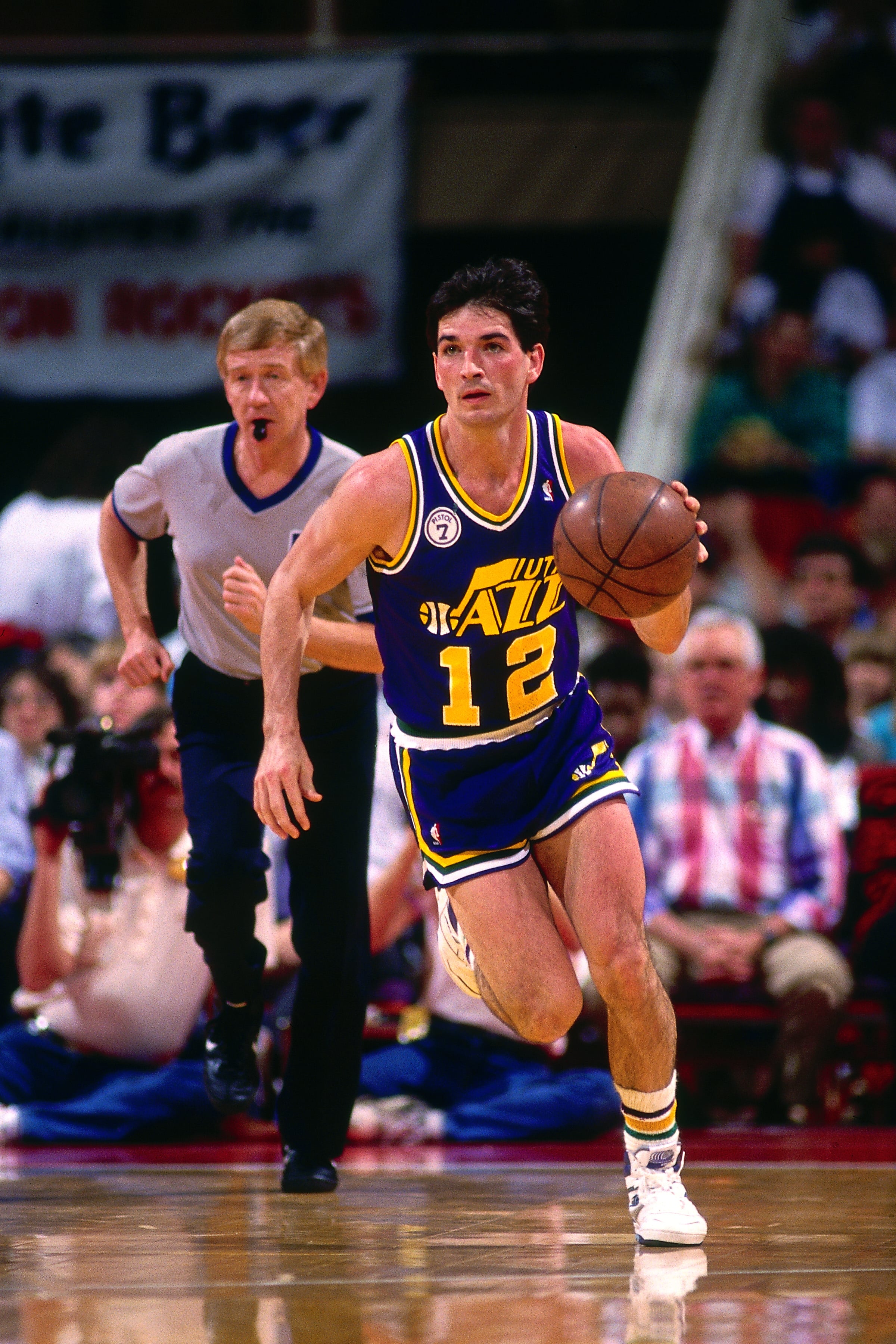
In a game of basketball for instance, while positions may have been set with roles well defined, a single person is almost always tasked to initiate plays and carry the burden of leadership. Most often, the POINT GUARD takes the helm. He/she would surely not only have excellent ball handling skills, but the needed “command and court sense” to execute set plays.
The POINT GUARD must also be able read into the defense, put the play into motion and when needed, modify or innovate by providing visual or audible signals to his team mates as the situation calls for it.
In the end, the objective of scoring against the opponent is achieved only if most of the players contribute either by moving the ball into scoring position, giving out an assist, providing a pick or a screen, and most important of all, TAKING THE SHOT.
Of course, not all shots will go in. But if the players know and have confidence in their skills, they TRUST and execute the play. Whether drawn or improvised, taking the shot before time expires is an absolute must. You might miss it and make only say, half your attempts. That will always be better than not taking one.
- In an actual game, the PG (point guard) is expected to perform most of the following: Know the players on the court for his team in terms of their capabilities particularly the strengths and weaknesses of each and every one.
- Communicate instructions on the fly and execute drawn up or preset or plays.
- Survey the field of direct and peripheral vision and read into the opposing team’s defense (or offense). He must make his unit react to on-court movements and respond accordingly to evolving situations. He must always improvise when necessary.
- Provide visible leadership that will spur his team mates to raise their level to confidently gain and achieve victory.
People who trade the market should be like point guards.
Although except for the most part we are all only a one-man team. Sure, we sometimes collaborate with other traders or maybe become members of a small, like-minded community but in the end, we play the game alone and by ourselves.
That does not mean though that we cannot apply the “game on” mentality. After all, we constantly train ourselves by being actively or passively engaged in the market. Eventually we evolve with a skill set not unlike a prized POINT GUARD.
Here’s how:
- Finding high probability trades using an objective process of stock selection.
Like PGs we survey the court and pick on which side is best to create a play. We carefully consider available choices using set criteria as volatility, momentum, and liquidity and pick a path to follow. Needless to say, picking the right stock to play with is an all-important process that we try to master. It’s like having a DREAM TEAM in your portfolio where when chosen correctly should paste a smile on your face. For us traders, it should not be about popularity although a favorable market sentiment is always welcome.
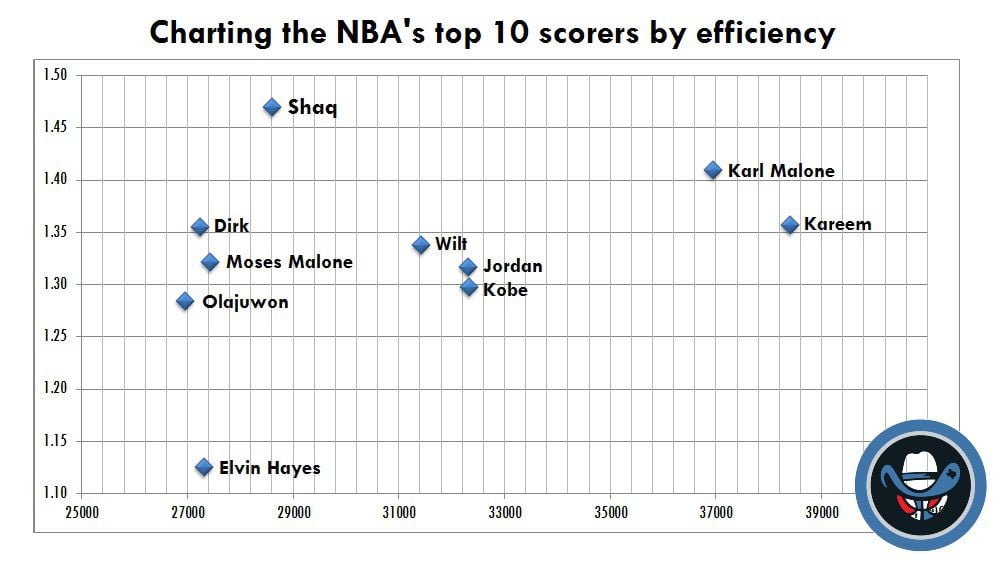
A methodical trader will always let the numbers do the talking. Quant-based methods provided by trading support providers (like BoH Society) are both impersonal and objective. And preferably using a mathematically-derived short list of candidates in a field of current market leaders that exponentially increases chances of success, we decide on where to set our laser sights on.
- Knowing the strengths and weaknesses of our potential trades.
Great PGs are like playing coaches. By both instinct and experience they know which options they can take to create mismatches against the opponent. He finds them and exploits the perceived disadvantage. Loosely translated, it would be like how we view the possible setups, in relation to supports and resistances, and ultimately in the actual Reward to Risk ratio (R/R).
Buying near supports and selling near resistances is the simplest strategy anyone can take. And by most standards the best one that should rack up your wins.
- Employing the capabilities of various chart indicators.
In modern day sports programs, the good ones recognize the value of data. When you are using algo-based information, statistics are gathered, collated and brought to life as visual infographics. Most often, team leaders like the PGs are given this information and during pregame huddles discuss with the coaching staff how to work with such in offense or defense plays.
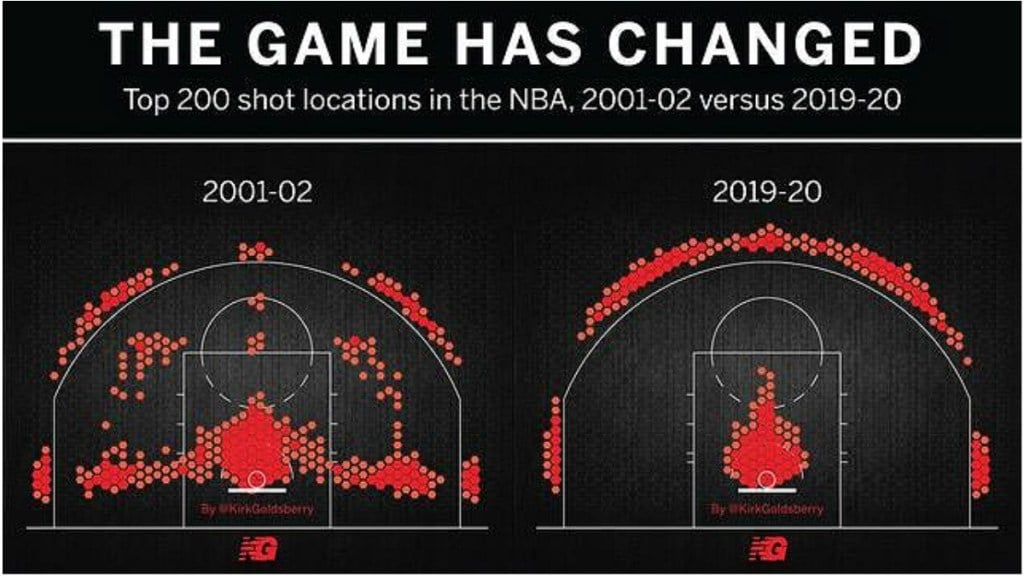
For us traders, this visual data is available in select indicators for us to interpret. The more common ones like Stochastics, RSI, various moving averages, Bollinger bands, etc., can provide evidence or confirmation of price behavior.
It’s quite simply like putting trust in a closely-knit team that you know is there to support you. Of course as they say, less is more. As each has a defined role that has been tested and proven, the trader must now rely on each one to deliver pertinent information that can be useful at the most opportune time.
- Execute a trading plan with a proper scale of commitment (aka position size).
A good PG always knows how to set the right pace. In a 48-minute game, he is not likely going to run fast breaks every time. Instead he would try and change the pace every so often and keep the opposing team guessing. Tactics require variations in order to be effective and conserving energy for an end game is crucial to winning.
This is a strategy that all traders must hold dear and have ingrained in their minds.
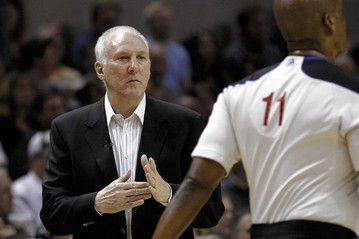
Capital preservation is always of paramount importance. We need to constantly realize that the only improvisation available for us is in having the will to cut losses, adjust trail stops, average up, or simply take profits. Like the skillful PG, a decisive advance or retreat is the key to securing long term success as traders.
Because win or lose, there is always the NEXT GAME.
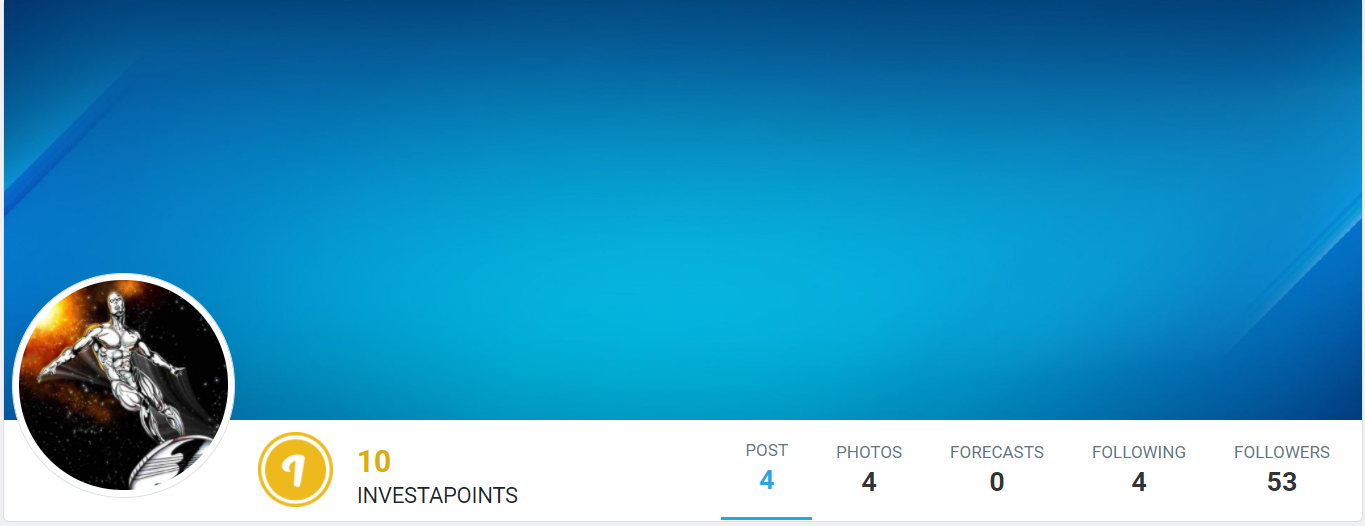
Contributor:
Name: Jojo Gaston
Investagrams Username: @JojoGaston0
About the Contributor:
Jojo Gaston is a partner/mentor at BoH Society, an online trading support group that provides traders’ education, and data driven trading format for local stocks, forex, and other foreign markets.
Investagrams’ most powerful suite of tools is now FREE FOR 14 DAYS!
ACCESS YOUR INVESTAPRIME ELITE FREE 14-DAY TRIAL TODAY.
